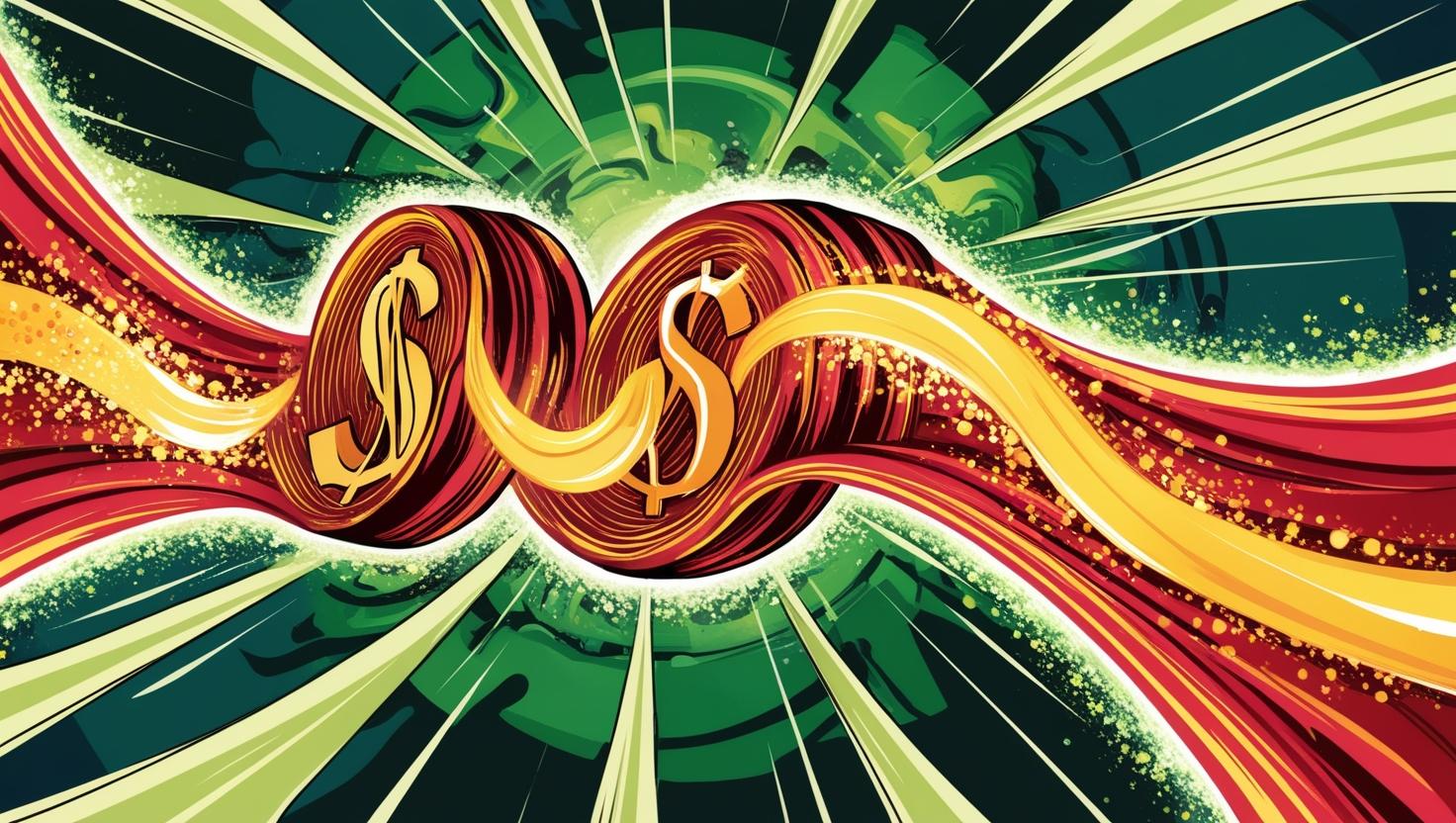Money is often viewed as a tangible asset, but at its core, it is a belief system. It holds value because people collectively agree that it does. Without this shared belief, money is nothing more than paper, metal, or digital numbers on a screen. However, beneath the surface of financial transactions lies a more fundamental truth: the true currency of life is energy exchange. Understanding this concept can transform our relationship with wealth, value, and abundance.
The Illusion of Monetary Value
The money system is built on trust and collective perception. A dollar bill, a gold coin, or a cryptocurrency token only has purchasing power because society has agreed upon its worth. Historically, different cultures have used seashells, salt, and even stones as currency. This demonstrates that money itself is not inherently valuable; it is the agreement around it that gives it power.
This system is further reinforced by institutions such as banks, governments, and corporations, which shape economic policies to maintain the illusion that money is the ultimate measure of wealth. In reality, wealth is not just numbers in a bank account—it is the ability to generate, distribute, and receive energy in its various forms.

Energy as the True Currency
At a fundamental level, all transactions—whether financial, emotional, or social—are energy exchanges. When you work, you exchange your time and energy for compensation. When you buy a product, you are transferring stored energy (in the form of money) for something that required energy to produce. Relationships, creativity, and service to others all operate under this same principle.
Consider bartering: before money existed, people exchanged goods and services directly. A farmer provided food to a blacksmith in exchange for tools. This was a direct energy exchange, with no intermediary needed. Today’s economy has simply abstracted this process, using money as a medium to facilitate transactions. However, the core principle remains the same—value is created through the movement of energy.
Reframing Abundance and Wealth
If we shift our perspective from money as the end goal to energy exchange as the true currency, we unlock new ways of thinking about wealth. Someone who freely shares knowledge, offers emotional support, or contributes to their community is generating and circulating energy. They may not always receive money in return, but their contribution enriches their environment and often leads to unexpected forms of abundance.
This perspective also helps us recognize that true wealth is not hoarded but circulated. Like blood in the body or water in a river, energy (and money) must flow to remain healthy. Stagnation—whether in finances, relationships, or personal growth—leads to decay. Generosity, collaboration, and creativity allow energy to move freely, creating prosperity beyond financial wealth.
Practical Ways to Engage in Energy Exchange
- Give and Receive Freely – Offer your skills, time, or knowledge without always expecting immediate monetary compensation. Opportunities and abundance often flow back in unexpected ways.
- Invest in Relationships – The energy you put into genuine connections often brings rewards far greater than money.
- Align Work with Passion – When your work aligns with your purpose, your energy exchange becomes fulfilling rather than draining.
- Practice Gratitude and Reciprocity – Acknowledging and appreciating the energy you receive strengthens the cycle of abundance.
Conclusion
Money is a powerful tool, but it is ultimately a reflection of a deeper, more fundamental system of energy exchange. Recognizing this can help us break free from the limiting beliefs around financial scarcity and embrace a more holistic view of wealth. By shifting our focus from accumulating money to generating and sharing energy in meaningful ways, we create a richer, more abundant world for ourselves and others.
Sign up for our mailing list

Leave a Reply